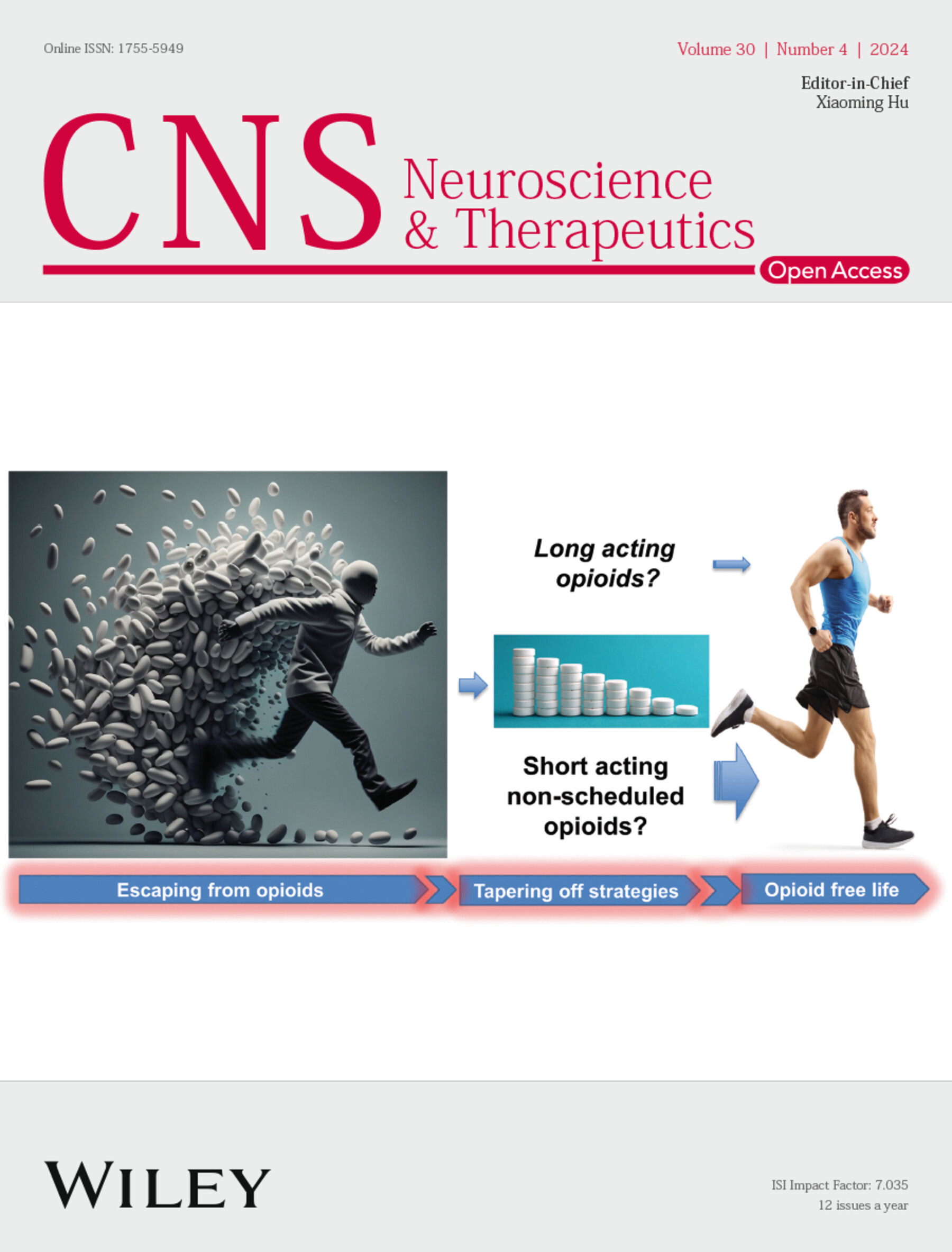Nonmotor Symptom Changes and Their Association With Falls Among Parkinson's Disease Patients Undergoing Deep Brain Stimulation: A 1-Year Cohort Study
Abstract
Objectives
Fall severely affects the quality of life of Parkinson's disease (PD) patients. Subthalamic nucleus (STN) deep brain stimulation (DBS) is an effective treatment for PD motor symptoms (MS), but DBS increased the risk of falls in some studies and has mixed effects on nonmotor symptoms (NMS). However, the link between NMS and falls, and how DBS influences this relationship, remain unclear. This study investigated changes in NMS and falls before and after STN-DBS, and the longitudinal association between NMS and falls.
Methods
The study included 136 PD patients undergoing STN-DBS between April 2020 and February 2022. Data were collected preoperatively, at 6 months, and at 12 months postoperatively. Assessments included MS via the Unified Parkinson's Disease Rating Scale-III (UPDRS-III) and NMS via the Nonmotor Symptoms Scale (NMSS). We used the Friedman and chi-square tests to assess changes in NMS and falls. Specific circumstances of falls were assessed through structured interviews. Generalized estimating equations (GEE) were used to explore the longitudinal associations between NMS and fall occurrence, as well as the interaction effects between MS and NMS on fall occurrence.
Results
Significant improvements (p < 0.01) were observed in all NMSS domains except gastrointestinal, with no change in fall occurrence. However, there were significant changes in both the locations where falls occurred and whether freezing of gait was present among falling patients (p < 0.01). GEE analysis revealed significant associations between falls and mood/cognition (p = 0.044), gastrointestinal (p = 0.027), and urinary symptoms (p = 0.007), as well as interactions between motor and these NMS domains (p < 0.05).
Conclusions
NMS, particularly mood/cognition, gastrointestinal, and urinary symptoms, and their interactions with MS, are associated with falls, underscoring the need for targeted fall prevention strategies.


 求助内容:
求助内容: 应助结果提醒方式:
应助结果提醒方式:


